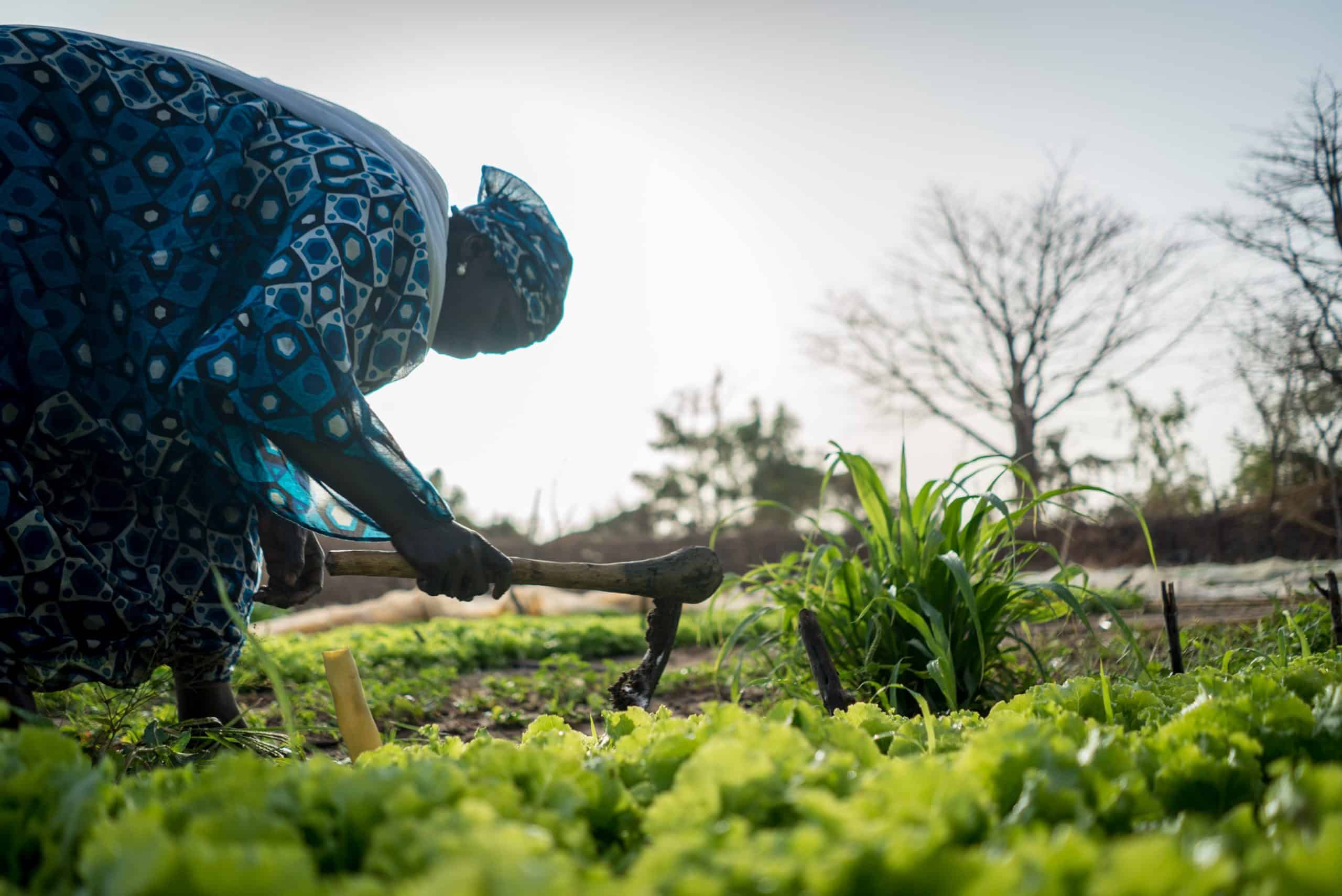CATEGORY 1: ENVIRONMENT
The Forest Garden Approach is designed to improve and work within our environment. Through this model, positive environmental impacts are one of the most apparent outcomes.
![]()
Goal 12: Ensure Sustainable consumption and productive patterns
The Forest Garden Approach allows for farmers to grow and consume from their land, selling excess on the local economy. Nothing is shipped from afar, or grown irresponsibly. Farmers also learn to sustainably source water, make and use compost, and use leaf litter as fodder for their animals.
![]()
Goal 13: Take urgent action to combat climate change and its impacts
Through the planting of trees, Forest Gardens combat climate change and slow or reverse the impacts are already facing. Not only to trees sequester carbon and restore groundwater tables, they also protect the farmer’s land from more intense and unpredictable weather that has resulted from climate change. Learn more about our climate-smart agriculture approach.
![]()
Goal 15: Protect, restore and promote sustainable use of terrestrial ecosystems, sustainably manage forests, combat desertification, and halt and reverse land degradation and halt biodiversity loss.
Forest Gardens allow farmers and their families to live among trees, benefiting from their presence as opposed to farmer-based deforestation that is a reality on much of the world’s farmland. In turn, the Forest Garden also helps conserve local forests and animal habitats and farmers no longer need to cut from the forest for fuel or building materials when they can grow sustainable timber on their land. We also see improved insect and plant biodiversity and improved soil nutrition through the Forest Garden Approach.
CATEGORY 2: FOOD SECURITY + NUTRITION
Growing what you need on your land is one of the most valuable, immediate, and important impacts of the Forest Garden Approach.
![]()
Goal 2: End hunger, achieve food security and improved nutrition and promote sustainable agriculture
Through the Forest Garden model, a family has a diverse array of foods growing year-round. This improved quantity and quality of foods available leads to ending hunger and improving the nutritional status of families in a sustainable way. This vastly different from what we see at the beginning of the program, as you can see in our latest Impact Report.
![]() Goal 3: Ensure healthy lives and promote well-being for all at all ages
Goal 3: Ensure healthy lives and promote well-being for all at all ages
In addition to increasing food security and nutrition, agroforestry promotes access to clean water, healthy livestock, and organic food intake for the entire family. Because of the increased economic status of our farmers, Forest Gardens also improve a family’s access to health care.
CATEGORY 3: SOCIAL
The social benefits reaped from the Forest Garden Approach change lives.
![]()
Goal 10: Reduce inequality within and among countries
Forest Gardens improves livelihoods, unification, independence, resilience, and fulfillment. Additionally, our programs empower women and our farmers are comprised of diverse ethnicities and religions. Because a person finds success on their land, the need for migration and loss of cultural preservation is reduced.
![]()
Goal 17: Strengthen the means of implementation and revitalize the global partnership for sustainable development
The Forest Garden Approach improves capacity and promotes education beyond just farming skills, including entrepreneurial, life, and technological skills over the four-year period. We also heavily believe in partnering with implementation partners to expand our reach quicker and sustainably. We are always looking for organizations to help implement agricultural and agroforestry practices for the developing world. Learn more about how organizations can become trained and certified in the Forest Garden Approach at training.trees.org.
CATEGORY 4: ECONOMIC
A Forest Garden cuts costs and improves a farmer’s family’s economic standing.
![]()
Goal 1: End poverty in all its forms everywhere
Forest Gardens are ending the cycle of generational poverty by increasing incomes and paydays while promoting entrepreneurship and local economic resilience.
![]()
Goal 8: Promote sustained, inclusive and sustainable economic growth, full and productive employment and decent work for all
A farmer with a Forest Garden is able to work their land with dignity to feed and care for their family. They become self-sufficient and improve their economic resilience. The additional income they earn in selling excess produce means farmers are able to afford more and save for their future.
